Are you an aspiring artist looking to hone your craft? If so, then understanding the differences between figure drawing and gesture drawing is key to getting started! Whether you’re a newbie or an experienced pro, it’s important to know which approach works best for each situation. In this blog post, we’ll be discussing the primary distinctions between figure drawing and gesture drawing and examining why one might be better than the other. So if you’re curious about putting pencil (or brush) to paper in order to create beautiful artworks, let’s dive right in!
What are the Basics of Drawing?
Drawing is a wonderful way to express yourself and to explore different ideas. It can be used for creative purposes, or even just as a fun activity to do with friends! To get started with drawing, there are some basics that everyone should know. [1]
- Line
The most basic element in drawing is the line. Lines can be used to create different shapes, such as circles and squares, or they can be used to draw more complex shapes like human figures. Learning how to control the thickness and direction of a line will help you create better drawings.
- Shading
Shading is a great way to add depth and dimension to your drawings. It can be used to make objects look more realistic, or to create mood and atmosphere in a piece of artwork. To shade properly, you should practice controlling the pressure of your pencil or charcoal and knowing how light or dark an area should be.
- Perspective
Perspective is essential for creating realistic drawings, as it adds depth and distance to an image. To draw in perspective, you must first understand the concept of vanishing points and horizon lines. By practicing these basic concepts, you will be able to create drawings that look three-dimensional and life-like.
- Proportion
When drawing figures and objects, it is important to maintain proper proportion so that your art looks realistic. This can be done by breaking down the figure or object into smaller shapes, and then drawing each component in its correct size and position.
- Composition
When creating a drawing, the composition is what brings all of the elements together to create a pleasing image. To compose a good drawing, you should pay attention to balance, contrast, and other principles of design. By learning how to use these and other techniques, you can create artworks that are visually appealing and well-crafted. [2]
What Is Gesture Drawing?
Gesture drawing is a type of quick-sketching technique used by artists to capture the movement and pose of a figure or object. It is usually done by hand, using pencils, markers, or other materials. The goal of gesture drawing is to capture the essence or spirit of a subject in just a few quick strokes.
As with any artistic endeavor, practice is the best way to improve your skill with gesture drawing. Taking regular classes or workshops in figure drawing is a great way to hone your skills and build confidence in your work. Additionally, spending time observing and sketching from life can help you learn how to better capture movement on paper. With enough practice and dedication, anyone can become an excellent gesture drawer. [3]
Tools and Materials Required for Gesture Drawing
Gesture drawing is a great way to practice your figure drawing and sketching skills. It’s important to have the right tools and materials for gesture drawing in order to get the best results. Here are some of the essential supplies needed for successful gesture drawings:
- Graphite pencils – Different grades of graphite pencils will give you various tones and values. It’s a good idea to have a range of pencils, from harder grades such as 4H or 6B, to softer grades such as 2H or 6B.
- High quality erasers – Invest in a few high quality erasers for your gesture drawings. These will help you create clean lines and adjust details on your drawings.
- Paper – Choose the right type of paper for your gesture drawings. You want something that has a good tooth, which will allow the pencil to glide across it easily. Drawing papers are best, as they are designed specifically for sketching and drawing with graphite pencils.
- Chalk pastels or oil pastels – These can be used to add some color or texture to your gesture drawings. Chalk pastels are great for blending and shading, while oil pastels give you a more intense, vibrant look.
- Pencil sharpener – Invest in a good quality pencil sharpener so that you always have sharp points on your pencils. This will help you create cleaner lines and details on your drawings.
- Charcoal – Adding charcoal to your gesture drawings can add some interesting effects. It’s great for sketching and shading, but be sure to use a fixative if you plan to keep the drawing.
- Art pens – Try out different art pens, such as markers or fineliners, to make even more detailed gesture drawings. [4]
The Basics of Gesture Drawing
Gesture drawing is a useful technique for any artist looking to capture the essence of a subject in a minimal amount of time. It requires you to quickly and efficiently draw, capturing the movement and action of your subject. To help with your gesture drawings, here are some basics to keep in mind:
- Start with Simple Shapes: Start by looking at the general shape and structure of your subject. Break it down into simple shapes such as circles, squares, or rectangles. This will help you understand the underlying structure of the figure and make it easier to draw.
- Focus on Movement: Gesture drawing is all about capturing movement andaction. Pay attention to the posture and movement of your subject, as this will help you capture that sense of dynamism in your drawing.
- Think About Balance: When you draw, think about how to balance the composition of your artwork. Consider the overall shape, position, and weight distribution of your subject when creating a balanced gesture drawing.
- Practice Makes Perfect: As with any skill, the more you practice gesture drawing, the better you will become. Take some time to experiment and play around with different techniques. This will not only help your skills grow but also keep the process fun and enjoyable.
Gesture drawing is a great way to quickly capture a moment in time and convey the movement and emotion of a subject. With practice and experimentation, you can become an expert in gesture drawing! [5]
What Is Figure Drawing?
Figure drawing is the practice of drawing representations of objects or people from observation. The purpose of figure drawing is to train and develop the skills necessary to create representational artwork. The artist typically uses a pencil, charcoal, colored pencils, marker, or other medium to construct their drawings.
When it comes to figure drawing, there are several techniques that can be used. One approach is gesture drawing which focuses on capturing the underlying gesture and movement of a pose in just a few lines. Another technique is contour drawing, which focuses on the outline of the figure or object. The artist can also use anatomical and abstract drawing techniques to produce artwork with an emphasis on details and structure. [6]
Tools and Materials Required for Figure Drawing
Though it may appear intimidating, figure drawing is an essential skill to learn for any aspiring artist. Many people shy away from the challenge of learning how to draw figures because they feel overwhelmed or uncertain of what tools and materials they need. To get started with your journey in figure drawing, here are some items you’ll need:
- Pencils – Graphite pencils are essential for most figure drawing projects, but there is a wide variety of pencil grades and sizes available to experiment with.
- Erasers – To quickly remove any unwanted strokes made in error, having erasers on hand is a must.
- Charcoal/Chalk – Charcoal and chalk are great for achieving softer, more subtle lines and blending techniques.
- Colored Pencils/Paints – Adding color to your figure drawings can help bring them to life. Colored pencils or paints can be used to create vibrant colors and shadings.
- Masking Tape – Masking tape can be used to tape down your paper as you draw, so that you have a more stable surface to work on. It is also great for framing and presenting your finished drawings.
- Reference images – To get an accurate representation of the human figure, having reference images or even live models can be helpful. They will help you learn how to capture the nuances of body movement and shape. [7]
The Basics of Figure Drawing
Figure drawing is an art form that requires patience, practice, and skill. When starting out with figure drawing it can be daunting to consider the various techniques and approaches used in the craft. To make it easier, there are some fundamental basics of figure drawing that every budding artist should know. [8]
- Start by drawing simple shapes. This is a great way to become familiar with the basic principles of figure drawing such as line, shape, composition, and proportion. Working on these fundamental pieces will help you build up your confidence before tackling more complex tasks.
- Learn basic anatomy and proportions of the human body or objects. Understanding how the body is put together will help you draw more accurately and realistically.
- Start with quick sketches to warm up and get your creative juices flowing. Quick gesture drawings are a great way to practice your skills without putting too much pressure on yourself.
- Look for shapes within the figure or object you’re drawing, this will help you break down complex forms into simpler ones that are easier to work with.
- Use reference material when necessary. If you’re having difficulty with accurate proportions or anatomy, look at images of the figure or object and draw from them.
- Focus on areas such as shadows and highlights to bring the drawing to life. Pay close attention to where the light is coming from and how it affects the forms in your artwork.
- Learn about perspective and use it in your work. This will help you create artwork with a sense of depth and dimension.
- Work on developing a unique style and explore different mediums to create artwork in. Experimenting with different tools such as paint, charcoal, pencils, or even digital art will help you hone your skills and discover the techniques that work best for you.
- Practice constantly! It takes time to become an excellent figure artist so be willing to make mistakes and understand that it is all part of the learning process.
Figure drawing can be an incredibly rewarding art form. With hard work, dedication and practice, you will soon be able to create beautiful artwork of your own! [9]
Main Differences Between Figure And Gesture Drawing
Gesture and figure drawing are two techniques often used by visual artists to create meaningful works of art. While they may have similarities, there are also notable differences between the two that need to be taken into account when deciding which technique is best for a particular project.
Technique
The most obvious difference between gesture drawing and figure drawing is in the techniques used. Gesture drawing involves quick, loose strokes that capture a sense of movement or energy. Figure drawing, on the other hand, requires more deliberate and precise strokes to accurately depict a subject’s form and structure.
Time Limit
Another major difference between these two styles is the amount of time allowed for each. Gesture drawings are usually done in a limited amount of time, usually within 1-2 minutes. This encourages artists to work quickly and capture the essential elements without getting bogged down in details. Figure drawing, on the other hand, can take much longer and involve greater detail and accuracy.
Purpose
The purpose of these two styles of drawing is also different. Gesture drawings are often used to capture a sense of life and movement in a subject, while figure drawings focus more on accurately depicting the form and structure of a subject.
Pressure
The pressure applied to the paper also plays an important role in how the final artwork turns out. For gesture drawings, artists use lighter pressure to make quick, loose strokes that capture the energy of their subject. Figure drawings require more deliberate and precise strokes so the artist needs to apply heavier pressure in order to get the desired results.
Level of Detail
Finally, figure drawing requires much greater attention to detail than gesture drawing does. The goal of figure drawing is to accurately depict a subject in every way possible, including its form and structure. Gesture drawings are often more abstract and simplified in order to capture the essence of a subject. [10]
Steps to Achieve Professionalism in Drawing
Professionalism in drawing can be achieved through practice and diligence. To become a professional, you must develop an understanding of the fundamentals of drawing techniques, perspective, composition, lighting and color theory. You must also learn how to effectively use materials such as pencils, pens, markers, watercolors and other media to convey your artistic vision. Here are some steps that can help you in your journey to becoming a professional artist.
- Practice: Start by practicing basic drawing techniques such as shading, line work and proportions. As your skills improve, challenge yourself with more complex drawings and compositions.
- Find Inspiration: Look for sources of inspiration from other artists and artworks. Use these as reference points to help you create your own unique drawings.
- Create a Workflow: Develop a workflow that works for you and stick to it. This could include sketching out ideas, making studies and sketches before committing to a final drawing or painting.
- Use Quality Materials: Invest in quality materials such as high-grade pencils, paints and brushes. This will help ensure that your artwork looks professional and can be enjoyed for many years to come.
- Learn From Others: Seek out mentors and other experienced artists who can provide advice and feedback on your work. Attend workshops or classes where you can learn new techniques from professionals in the field.
- Seek Critique: Show your work to others and ask for honest critiques. This will help you identify areas where improvements can be made and grow as an artist.
- Develop Your Style: As you practice and learn from other artists, find ways to develop a unique visual style that sets you apart from the rest. Experiment with different media and techniques until you find a style that reflects your artistic vision.
- Be Consistent: Work consistently on improving your artwork and refining your skills. This will help you achieve a level of professionalism in drawing that is recognizable and respected by other artists and art enthusiasts alike. [11]
FAQs
Is gesture drawing good?
Gesture drawing is an incredibly useful tool for artists of all kinds. It helps them to gain a better understanding of the underlying anatomy and form of any subject they are drawing, as well as practice their ability to capture movement. Additionally, it can help artists refine their observational skills and give them greater confidence in sketching something from life or memory.
Which type of drawing is the most realistic?
Realistic results depend on many factors including the type of medium used and the artist’s skill level and style. For drawing realistically, graphite pencils are often said to be one of the best tools as they allow for subtle shading that can bring life to a picture. Colored pencils offer an interesting alternative as they provide depth with layers of color. For a more painterly look, oil and acrylic paint can be used to create striking works of art. Finally, digital media also provides great opportunities for creating lifelike drawings with the help of special effects and textures. Ultimately, which type of drawing is the most realistic comes down to personal taste and style – so experiment with different mediums until you find onethat suits you best!
What are the benefits of figure drawing?
Figure drawing is an important skill for artists of all levels. It helps to improve your understanding of proportion, form and anatomy, enabling you to create more realistic drawings. Not only does it help with visualizing what the subject looks like in real life, but figure drawing also teaches you how to capture a moment on paper.
By studying the body’s natural movements, you can learn to capture moments of life and emotion. Drawing from life gives you an opportunity to observe the subject and its environment more closely, and allows for a deeper understanding of movement, weight, balance and structure. This can help you create more realistic drawings that convey your intended message or emotion.
Figure drawing also allows you to explore different techniques such as shading and line work to create a more dynamic and realistic effect. With practice, you can achieve better results in less time, enabling you to focus on refining your techniques instead of worrying about the basics.
What artist uses gesture drawing?
Gesture drawing is a technique used by many artists, both traditional and digital, to capture the essence of a movement or pose in an artwork. Figurative artists use gesture drawing as part of their practice to study the figure and explore motion, weight and form. Animation students also benefit from this skill to create lively renderings that show movement.
Useful Video: What Gesture Drawing Is – and What It Isnt
Conclusion
Drawing is an incredibly creative outlet and has been used throughout history to express feelings and emotions. Figure drawing and gesture drawing both have their own benefits, depending on the artist’s goals. A figure drawing is best when accuracy is important—it allows you to practice sharpening your skills and honing in on details. On the other hand, gesture drawing helps with movement and capturing emotion, allowing artists to fully express themselves without having to typically worry about accuracy. Overall, it depends on your individual tastes; some may prefer one over the other, or even a combination of both. Regardless of which style you choose for your artwork, it should come naturally from within. As long as you’re creating something that reflects your passion and tells a story, in whatever format you end up using, the result will be nothing short of beautiful.
References:
- https://thedrawingstudiotds.org/drawing-classes/drawing-classes/
- https://adventureswithart.com/5-basic-skills-of-drawing/
- https://www.liveabout.com/sketching-101-what-is-gesture-drawing-4125487
- https://thevirtualinstructor.com/gesturedrawing.html
- https://www.virtualartacademy.com/how-to-do-a-gesture-drawing/
- https://conceptartempire.com/what-is-figure-drawing/
- https://www.lovelifedrawing.com/equipmentandmaterial/
- https://feltmagnet.com/drawing/Figure-Drawing-for-Beginners
- https://finearttutorials.com/guide/figure-drawing/
- https://doncorgi.com/blog/gesture-drawing-figure-drawing-differences/
- https://www.wikihow.com/Draw-Like-a-Pro


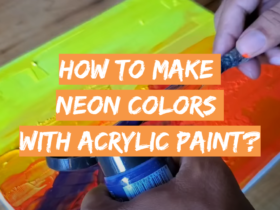
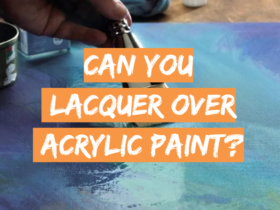
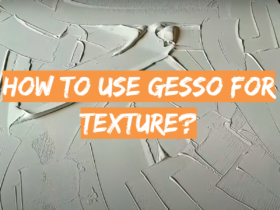

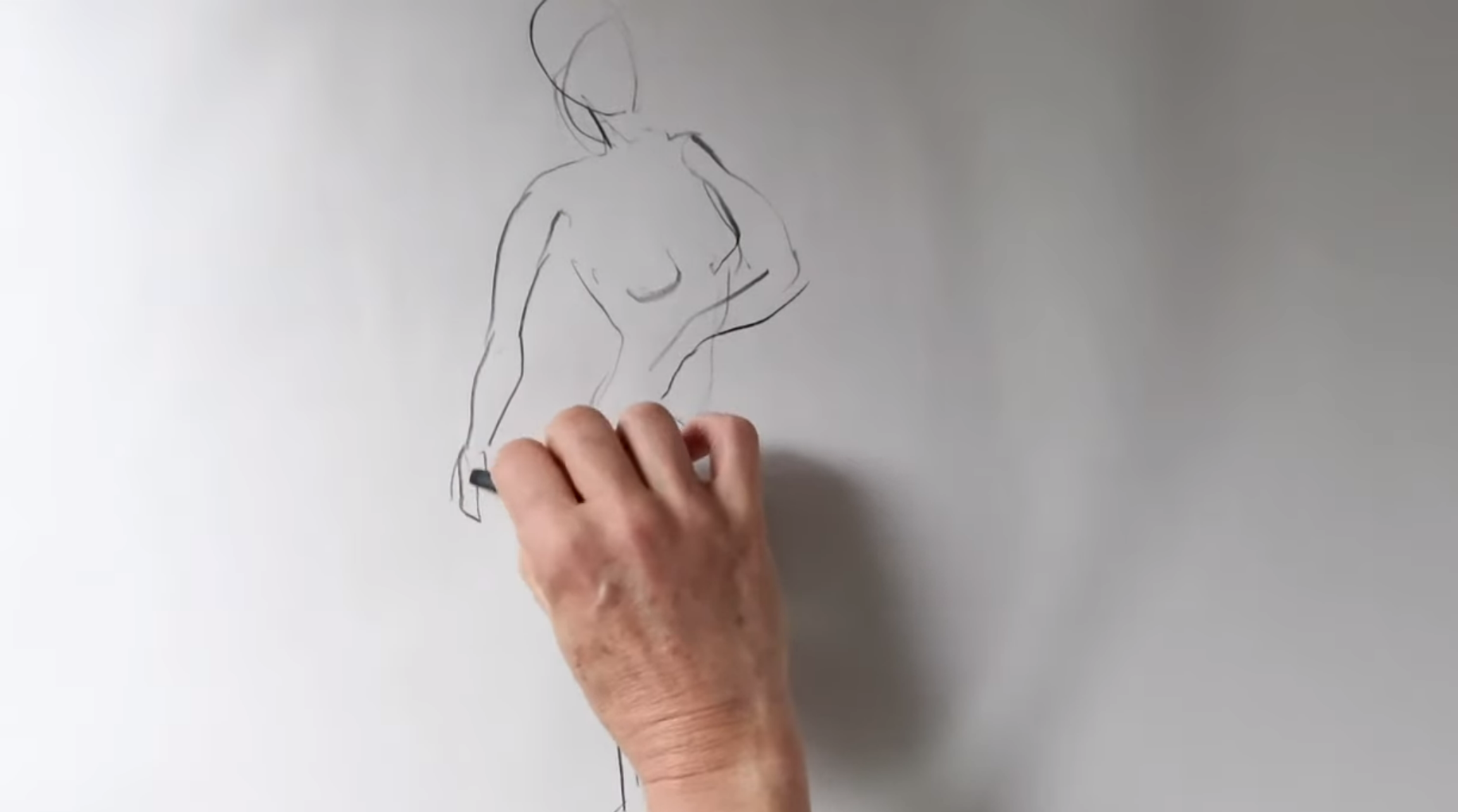

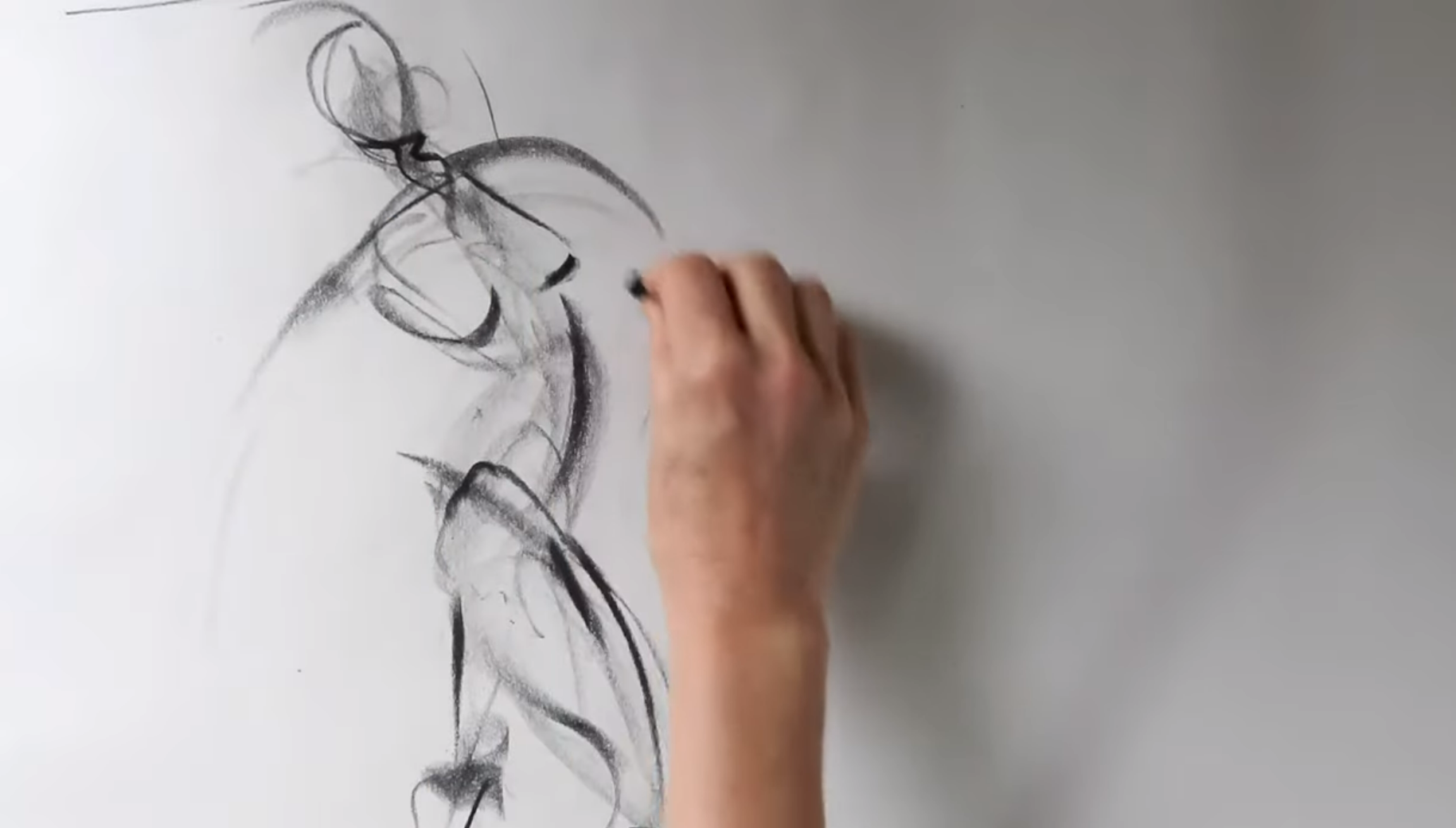
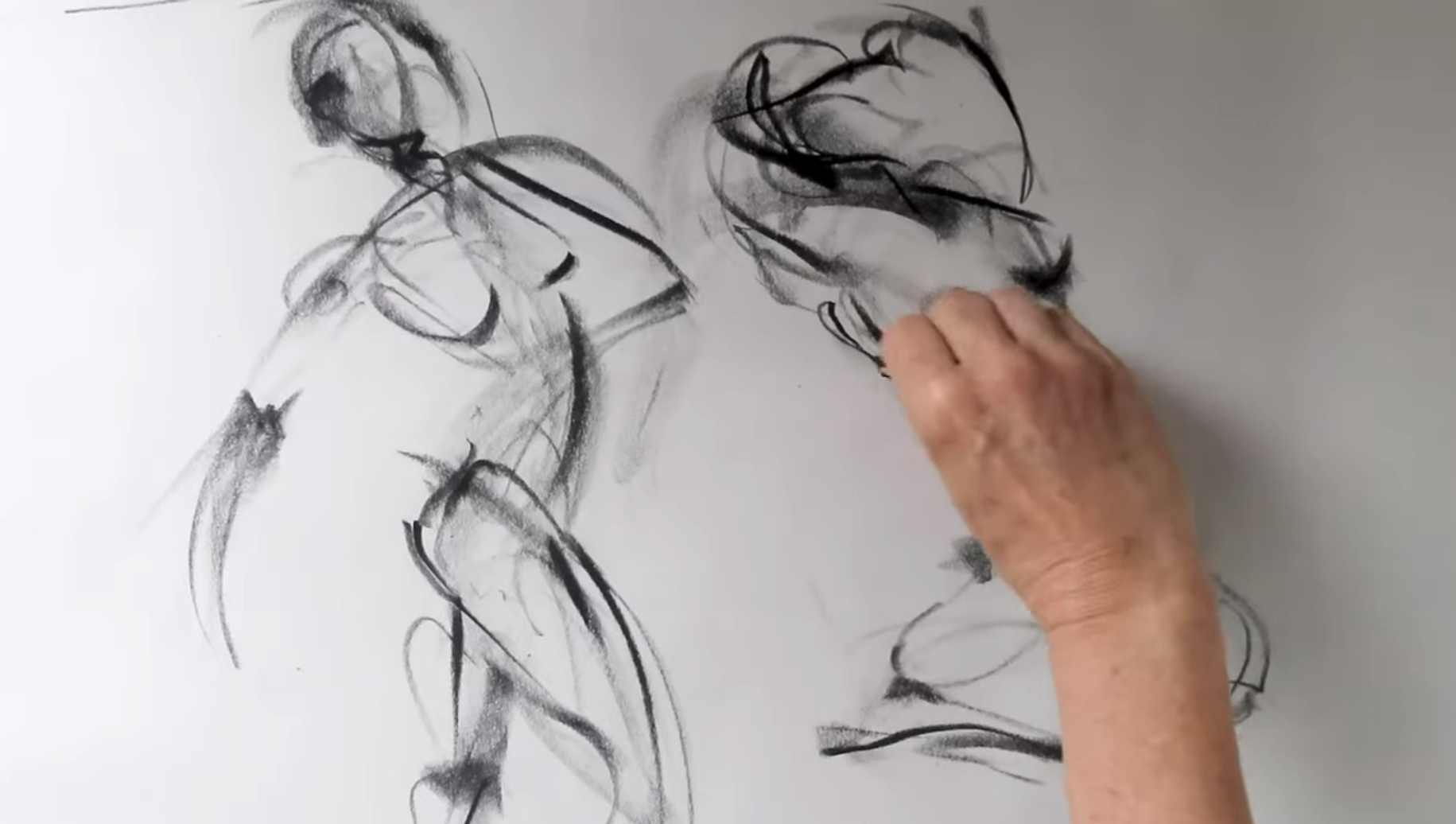
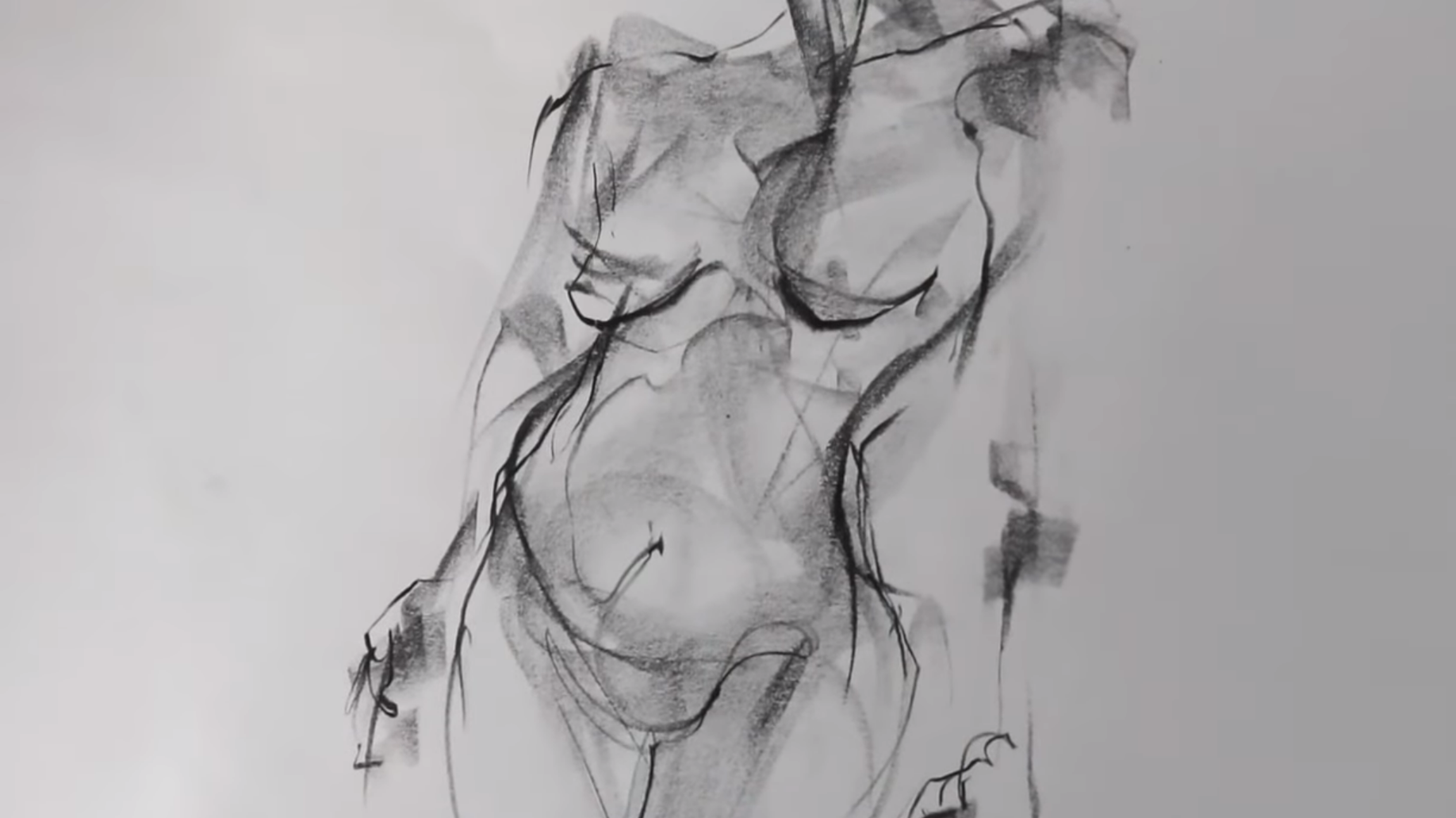
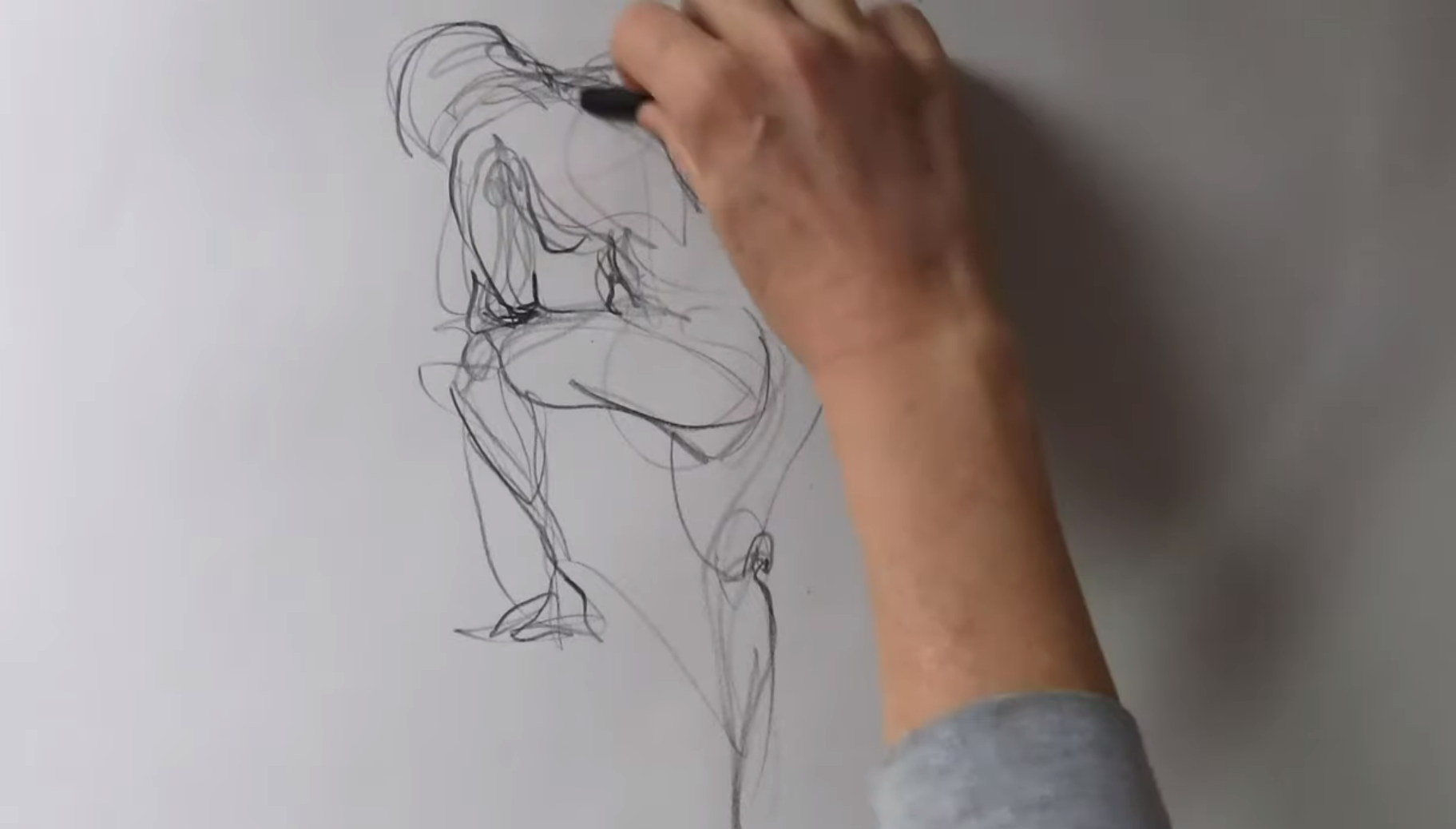
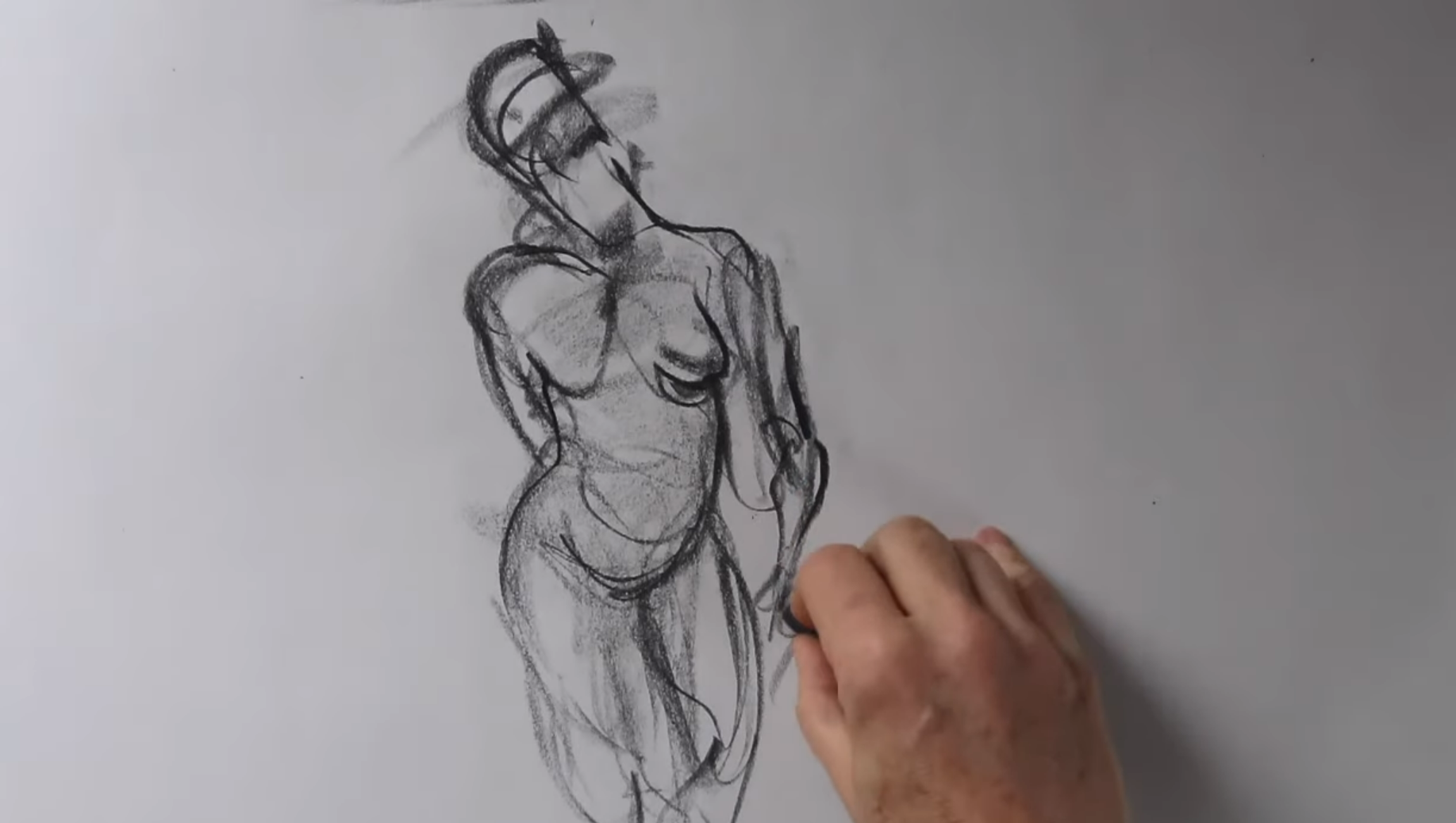
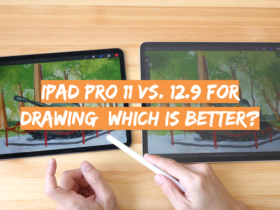
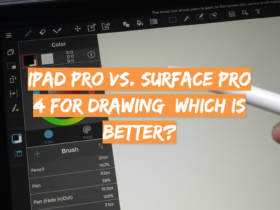
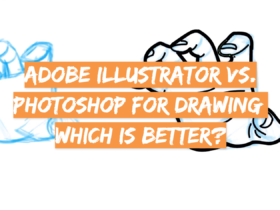

Leave a Review